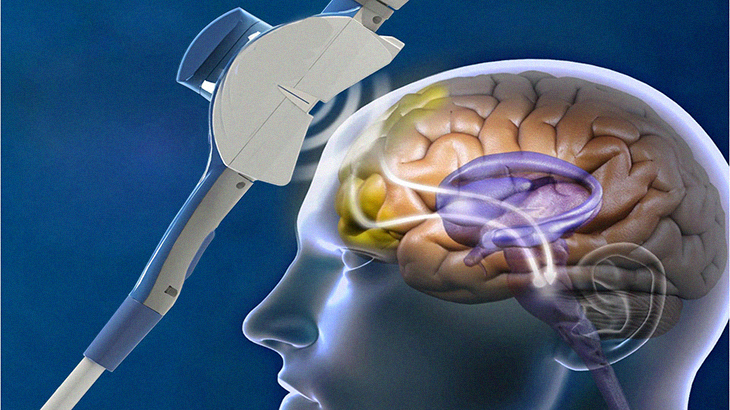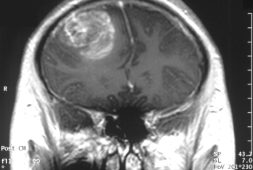
When it comes to brain function, scientists have been searching for way to improve memory. There are several theories out there, and many of which are still in the works.
While researchers have been working nonstop to help people enhance brain functioning, some research have advanced further than the rest. In fact, many of them are now looking into magnetic brain stimulation. This could be the very answer to the problem, and when the research made moves a step further, this may be able to tackle a myriad of problems.
Brain Functioning
Aging, dementia, and brain injury can have a big impact on the person’s capacity to form new memories of events in their lives. This is where experts have coined the term episodic memory. A new study also suggests that low-frequency magnetic stimulation in a particular area of the brain could enhance the formation of this kind of memories. While much research has yet to be done, the discovery of this new method could provide a way to enhance memory those people who suffer from a variety of conditions such as dementia.
Our episodic memories, or memories of our experiences, help us define our individuality. It makes us who were are. These episodic memories also allow us to function effectively on a daily basis. Everyday activities such as remembering where we put our phone or what groceries we need to buy in the grocery are included here. Hence, this is extremely crucial.
The ability to form new memories declines as we get older. This doesn’t even consider issues such as brain injury and Alzheimer’s disease. These can lead to a severe, debilitating loss of episodic memory. There are prescription drugs available. These have been designed to help improve memory in those who suffer from Alzheimer’s disease. Unfortunately, the effects these medicines have are oftentimes limited and short-lived.
The manufacturers’ market also have nonprescription supplements that are known as nootropics. These have ingredients designed to enhance memory, though there is little scientific evidence on just how effective these are. Hence, a group of researchers led by the University of Glasgow in the United Kingdom may come upon a completely new way to enhance episodic memory. In their research, they used magnetic pulses to do this.
These researchers were conducting a study. They looked into a phenomenon known as voluntary forgetting. They noticed that slow magnetic pulses seemed to improve the person’s memory. In order to do this, they utilized an established technology called repetitive transcranial magnetic stimulation (rTMS). This has been designed to deliver the pulses to the left side of the volunteers’ foreheads, over a region called the dorsolateral prefrontal cortex (DLPFC).
A second study by the same set of researchers seems to corroborate its memory-enhancing effect and they have reported their results in the journal PLOS Biology. “We were quite surprised when we saw these effects in the first study, which was designed to investigate a different question,” said Prof. Simon Hanslmayr, Ph.D. and one of the researchers and senior author of the paper. He also added, “Therefore, we needed to replicate the effects in a second experiment to see whether this is real, and indeed, it seems to be.”
Memorization of Words
The researchers extensively looked into data from 40 healthy volunteers. These volunteers were asked to memorize a lists of words while their brains were stimulated with rTMS at 1 hertz (Hz) at 1 pulse per second. Half of the volunteers received pulses to their left DLPFC, while the other half received pulses over what they call a control brain area. The control brain area is also known as the vertex, a portion that is not involved in memory.
The volunteers who had their left DLPFC magnetically stimulated showed how they were much better at recalling the words in a test that followed. In order to exclude the possibility that one group simply was simply blessed with better memory skills than the other, the scientists repeated the experiment and did it the other way around. This time, the 24 volunteers each received magnetic stimulation of the DLPFC, which was followed by stimulation of the vertex, or the other way round. This was done in separate trials to make sure the possibilities were covered.
The scientists also used EEG to monitor electrical activity in the participants’ brains. This was done at the same time as the previous step. Again, the volunteers recalled significantly more words if their DLPFC was enhanced and stimulated during the memorization process. On the EEG readout, in fact, the slow magnetic pulses appeared to lower the power of brain waves in the beta frequency range over a part of the brain that is otherwise known as the parietal cortex. Previous research conducted found that there was a link between a reduction in the power of the beta part of the EEG spectrum, from 13 to 30 Hz, and memory formation.
Stimulation and Inhibition
Prof. Hanslmayr talked to Medical News Today about this and said that this change in beta activity means is still unclear, but other studies suggest that it may be a reflection of a change in the balance between nervous stimulation, or “excitation,” and inhibition.
“Our stimulation [of the DLPFC] seemed to have tipped this balance towards more inhibition, which seems beneficial for memory encoding,” Prof. Hanslmayr said. He also added, “More work is needed to better understand why and how this benefits memory.”
Until the fundamental science has been executed, he said, it was still too premature to talk about its clinical applications.“However, our findings could be of relevance for patients with Alzheimer’s disease who gradually lose the ability to form episodic memories,” he explained. “Interestingly, the balance between excitation and inhibition is severely affected in these patients.”
Prof. Hanslmayr also believes that future studies should look further into whether rTMS can help restore this balance and improve memory in Alzheimer’s disease. He he and his colleagues plan and hope to investigate the effect deeper and explore probable applications to treat conditions that relate to memory problems, and Alzheimer’s disease was just one of them.
Possible Limitations of the Study
In the scientists wrote, they noted that their study did have some possible limitations. For instance, in common with other studies that involve rTMS, they recorded EEG changes shortly after magnetic stimulation. Recording it simultaneously should be done as well. Why? Because the magnetic pulses themselves disrupt the EEG measurements. This glitch is what is commonly known as an experimental artifact in the scientific process. They write that subsequent changes in the electrical activity of the parietal cortex may be a “rebound effect” that comes after this type of disruption.



